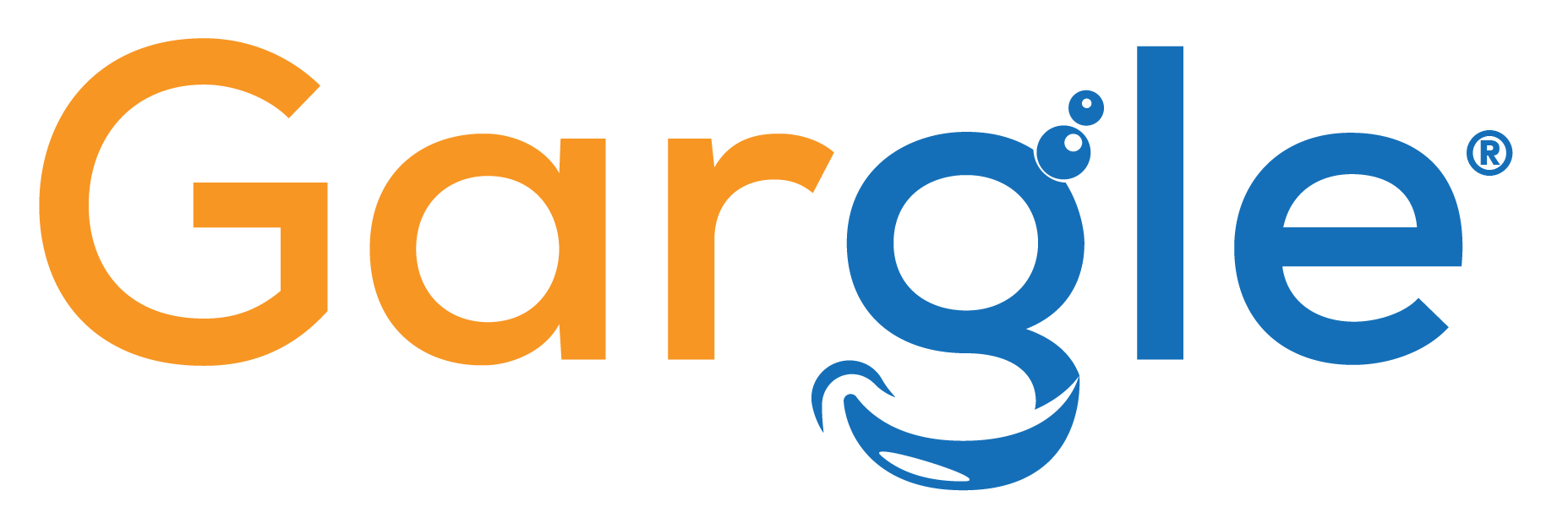Dental practices often find themselves overwhelmed by the myriad of options available. It’s easy to get caught up in the allure of flashy advertisements and promises of immediate results. However, successful marketing begins with a solid foundation before diving into Return on Investment (ROI) products. Let’s explore the key components of an effective dental marketing strategy and the crucial distinction between foundational elements and ROI-driven initiatives.
Foundational Elements: The Building Blocks of Visibility

Imagine your dental practice as a beautifully designed building with a stunning sign on the front. This is akin to your website, a digital storefront that must be strategically designed and built to capture attention. However, having a well-designed website alone is not enough – the right traffic must accompany it. The three foundational pillars of a good dental marketing strategy are:
1. Website with Base SEO: Your website is the cornerstone of your online presence. Properly structured web pages, incorporating SEO elements like meta tags and headers, ensure that search engines like Google can index your site. This foundational SEO approach serves as the catalyst for enhancing visibility; however, it is essential to delineate that this preliminary stage centers on something other than implementing complex backlink strategies, keyword clustering, or schema markup.
2. Social Media Content and Posting: Regularly updating your social media channels demonstrates activity and expertise. It’s the equivalent of saying, “I’m here, and I know what I’m doing.” While this may not directly generate revenue, it builds an online presence and credibility. Social media is the top channel for product discovery among Gen Z and Millennials. A notable 31% of individuals rely on social media platforms to seek answers to their questions.
3. Reputation Management: Platforms like Yext and Swell help manage and enhance your online reputation. Positive reviews and accurate business data across the web are vital for gaining trust and credibility, even though they don’t directly translate to immediate revenue. Ensuring the correctness of your business listings is crucial for optimizing your presence in the Google Map Pack. Google relies on accurate and consistent information across various online platforms, including your website, social media profiles, and online directories, to determine the relevance and legitimacy of your business. Plus, 42% of local searchers click into map pack results. If your business information is consistent and accurate, it can positively impact your chances of appearing in the Map Pack, and potential customers may be directed to competitors instead.
Transitioning to ROI Products: Maximizing Returns

Once you lay the foundation, it’s time to add ROI-driven products to the mix. In this stage, you invest in strategies that directly contribute to patient acquisition and revenue growth.
1. Advanced SEO: Beyond the basics, investing in advanced SEO tactics helps improve on-page Google rankings, making your practice more discoverable and appealing to potential patients.
2. Social Ads, Postcards, and Google Ads: Leveraging paid advertising through social media, targeted postcards, and Google Ads can significantly increase your practice’s visibility and attract new patients.
3. Radio, TV, and Billboards: Traditional advertising channels can still effectively reach a broader audience and establish your practice as a local authority.
The ROI Product Lifecycle

Implementing ROI products requires a systematic approach to ensure effectiveness. The life cycle includes:
1. Strategize: Define your target audience, keywords, and ad copy. Understand your competition and set realistic budgets.
2. Create: Develop compelling ads with engaging copy and visuals. Consider A/B testing to refine your approach.
3. Test: Launch your campaigns and monitor their performance. Analyze data to identify what works and what doesn’t.
4. Measure: Track key metrics like click-through rates, conversions, and call volume to assess the impact of your campaigns.
5. Analyze: Dive deep into the data to understand trends, audience behavior, and areas for improvement.
6. Report: Provide transparent and comprehensive reports on campaign performance. Share insights and recommendations.
7. Update: Based on the analysis and reporting, make necessary adjustments to optimize campaigns for better results.
The Importance of Internal Changes and Training

The final step in the process is proving the success of your marketing efforts. It’s not just about the number of leads generated but also how efficiently those leads are converted into patients. Implementing call tracking, addressing missed calls promptly, and continuously refining internal processes are essential for maximizing the return on your marketing investment.
In essence, the post-call phase is where the rubber meets the road. It’s where marketing efforts transition into tangible results, and your team’s expertise comes to the forefront.
The questions extend beyond the surface metrics of leads and calls:
1. Conversion Metrics: What percentage of the leads generated were successfully converted into appointments or patients? The national average conversion rate might serve as a benchmark, but understanding your practice’s unique conversion rate is vital.
2. Booking Rates: Did your team achieve the 55% booking rate, the national benchmark for appointment confirmations? This metric unveils the efficiency of your staff in securing commitments from potential patients, indicating the persuasive power of your booking process.
3. Post-Call Procedures: What procedures did your team follow after the initial contact? Did they efficiently address missed calls, ensuring prompt callbacks and resolutions? An immediate follow-up is often the difference between securing a patient and losing them to a competitor.
4. Training and Protocol Implementation: Did your staff adhere to established protocols and follow best practices in handling inquiries? Training ensures that every interaction, from the initial phone call to the final appointment, aligns with your practice’s objectives and ethos.
5. Patient Engagement: How effectively did your team engage with potential patients post-call? Did they successfully convey the unique value propositions of your practice, address concerns, and nurture the patient relationship from the first interaction to the actual visit?
6. Analysis of Missed Opportunities: Analyzing missed opportunities is equally crucial. Were there instances where potential patients weren’t successfully converted, and if so, what adjustments can be made to enhance these conversion opportunities in the future?
7. Continuous Improvement Strategies: Marketing isn’t static; it’s an ever-evolving landscape. How proactive is your team in implementing lessons learned, tweaking strategies, and refining approaches for continuous improvement?
Building a Sustainable Marketing Strategy

Success is not instant but built over time through a well-structured approach. Establishing a solid foundation with a professional website, active social media presence, and a positive online reputation is non-negotiable. Once this foundation is solid, venturing into ROI products with a clear strategy and continuous optimization is the key to sustained growth and patient acquisition. By telescoping out and thoroughly analyzing each stage of the process, dental practices can attract new patients and retain them through exceptional service and internal efficiency. Remember, patience is not just a virtue – it’s a necessity for lasting success.
Make Your Practice Profitable and Attract New Patients
At Gargle, we understand the challenges that dentists face in managing their own marketing efforts while trying to focus on their passion for dentistry. We specialize in helping you build a strong foundation by offering comprehensive services that go beyond just creating a beautiful website. Our team of marketing experts is dedicated to managing various aspects such as SEO, social media posting, and advertising on platforms like Google Ads. By partnering with reputable companies like Swell for reputation management and DentalMarketing.net for postcards, we streamline your marketing efforts and bring you significant cost savings. Let us alleviate the burden of marketing, allowing you to concentrate on what you do best – being a dentist. Schedule a demo with us today, and let Gargle be your partner in building a successful and thriving dental practice.


